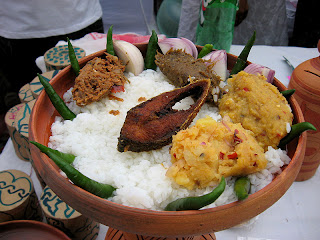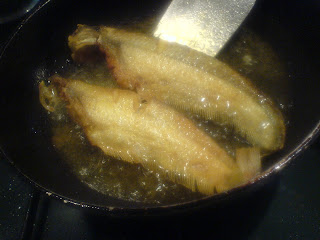Raj Kapoor is an extremely famous actor. In the mid 50s when I lived in Calcutta, my best friends and I got our coins together to go down to the local Talkies cinema hall. My brother still does not know that I took the left over coins in his piggy bank and replaced them a day later. Bit naughty of me but we had to watch the new "movie" on show. We had great fun at the cinema hall. One of the snacks we loved to eat in Calcutta is Pani Puri - "It comprises a round, hollow puri, fried crisp and filled with a mixture of water, tamarind, chili, chaat masala, potato, onion and chickpeas. It is small enough to fit completely in one's mouth"
Travel pod shows a picture of a street food seller. These are the alternative names for Pani Puri.
"Panipuri, Phuchka, Gup Chup, Paani Poori, Pani ke Bataashe, Palodi". These are just delicious. We would run out of the talkies cinemas and consume a few of these while chatting and making our way home. My favourite version is filling the puri with tamarind. So delicious!
Travel pod shows a picture of a street food seller. These are the alternative names for Pani Puri.
"Panipuri, Phuchka, Gup Chup, Paani Poori, Pani ke Bataashe, Palodi". These are just delicious. We would run out of the talkies cinemas and consume a few of these while chatting and making our way home. My favourite version is filling the puri with tamarind. So delicious!




















